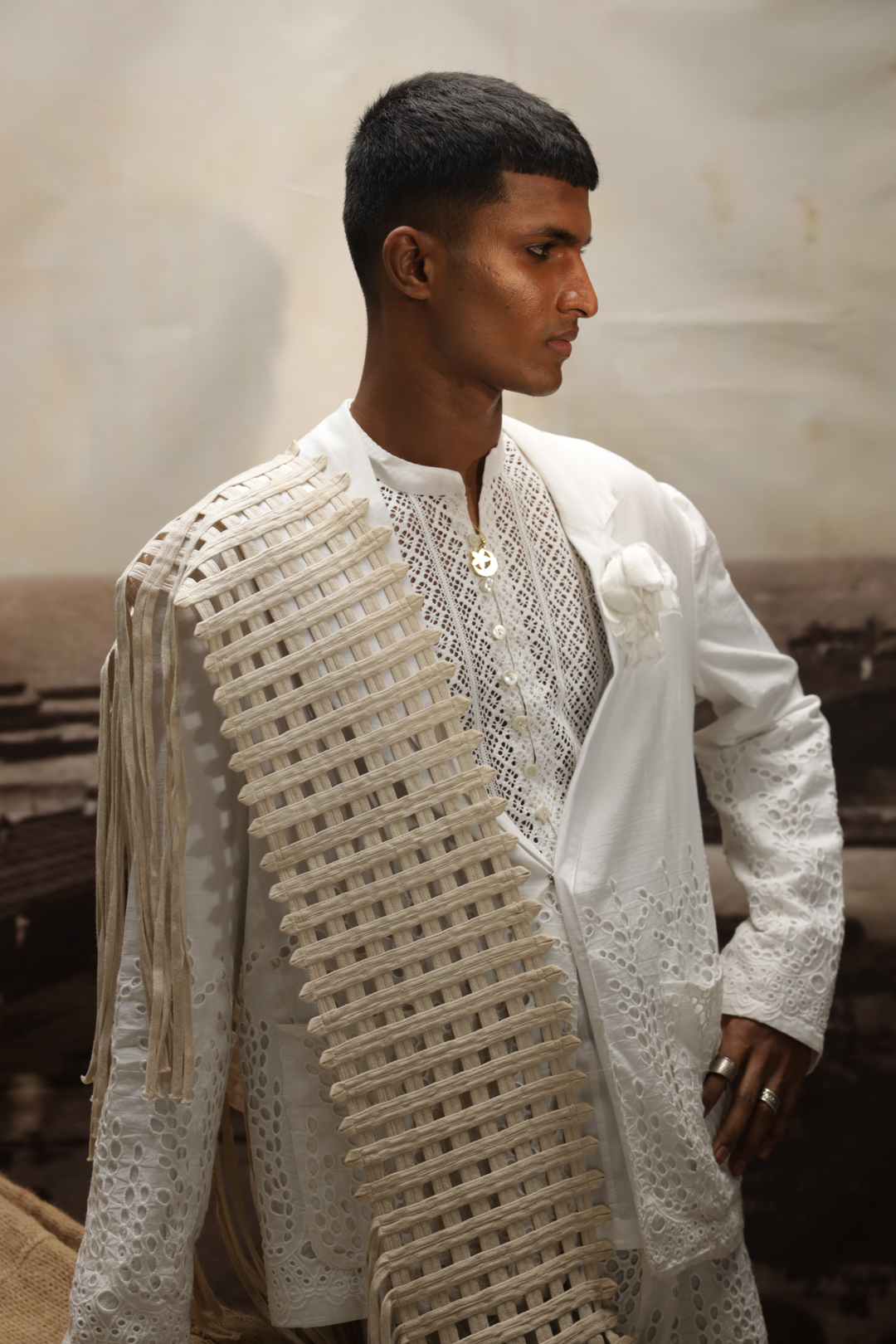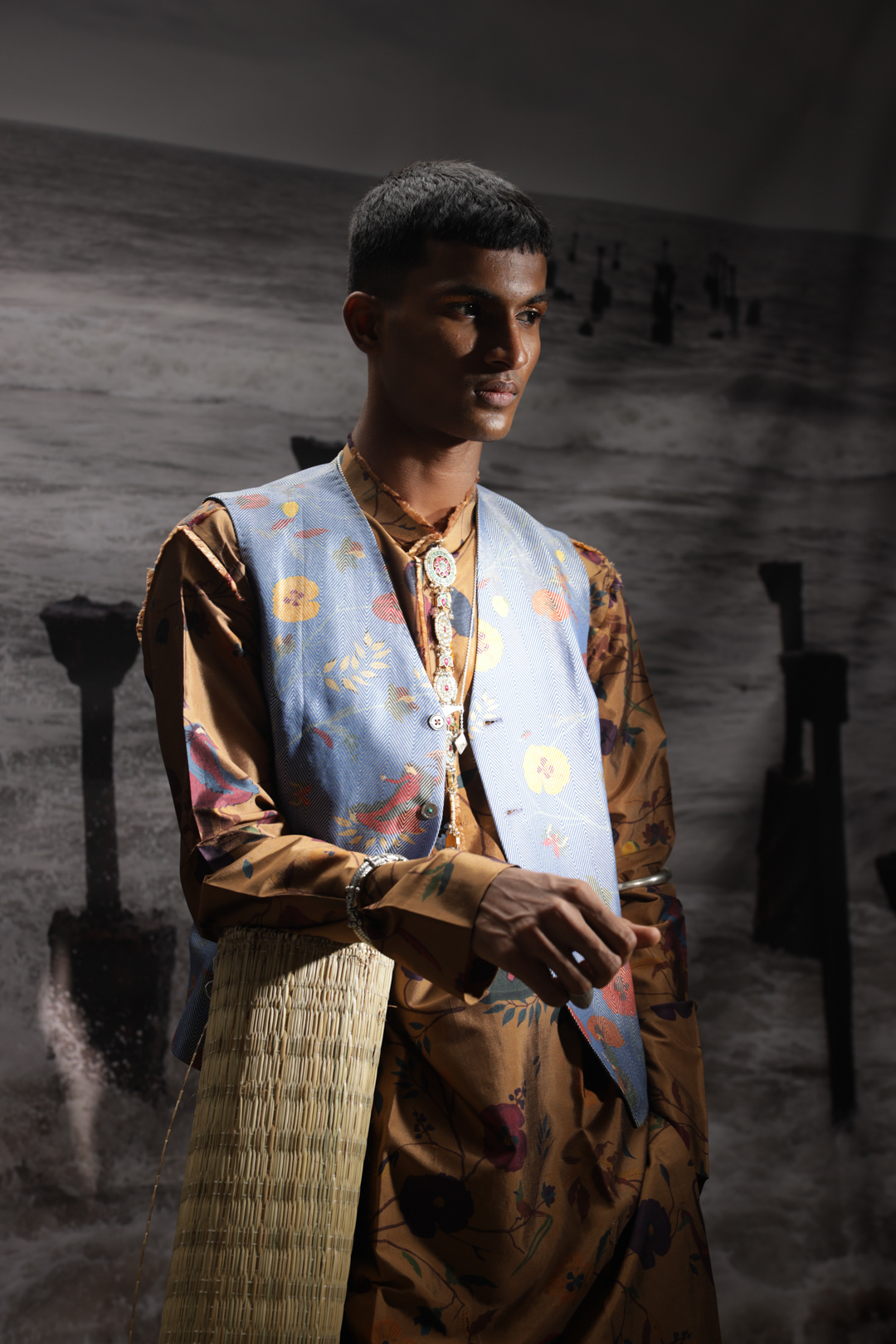Where Kozhikode’s old trade spirit still lingers on.

Much has changed around Kerala’s Kozhikode, once a centre of maritime trade between the Middle East, Africa and Southeast Asia. Shopping malls and high rises dot the town’s skyline now, but for those who look, traces of the city’s maritime past are everywhere. The market was once filled with the heady scent of spices, and had the most exquisite silks and cottons. So intoxicating was the lure of the peppers that the Portuguese endeavoured through the treacherous Cape of Good Hope to finally find themselves in the shores of Kappad beach.
But now, a rapid increase in synthetically made spices in the form of powders, have significantly diminished the importance of the spice traders. Most of Kozhikode’s pepper now comes from the neighbouring hilly district of Wayanad. And yet, Valiyangadi maintains its no-frills character to this day.
Many of the godowns used to store produce such as jute, pepper and rice outdate even the British. Every bylane of the market has a passage that leads to a different part of the market. The peak season begins in September and goes on till January.
Case in point is Valiyangadi, a bustling market in the city that is said to have traded with the Pears and Zamorian merchants since as early as the 7th century. The traders begin their day post prayers at the local mosque. The workers, who are active members of various trade unions, employ techniques such as cutting up a football into a makeshift head cover that protects them while carrying heavy goods.
The older daily workers also maintain their superiority in being able to carry these goods without having to balance or worry about the weight. Amid all this, echoes of the ancient barter still linger in Valiyangadi’s spice-scented air. The cobbled paths of the market are reminders of a cosmopolitan past, long gone by.










Model Lohit Rebelli, photographed by Hansraj Dochaniya and styled by Yvonne Monteiro, with makeup by Ambica Kukrety, Sakshi Mishra, and Pooja Parmar, and hair by Dwyessh Parasnani, assisted by Tanvi Gaonkar and Aastha Panjwani.
Text by Rishik Raj, a photographer and director.